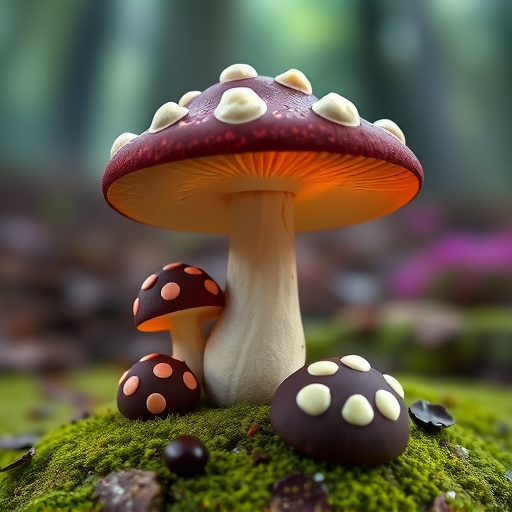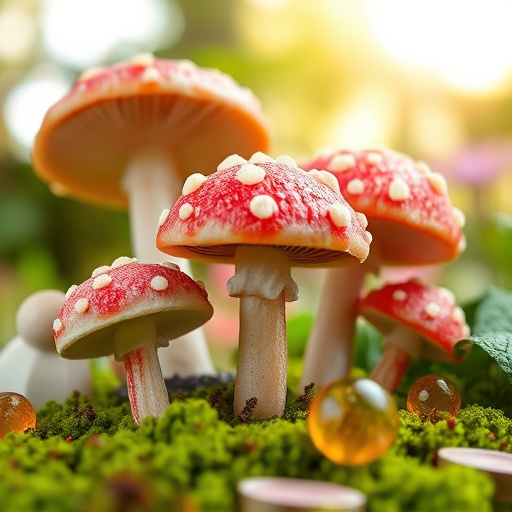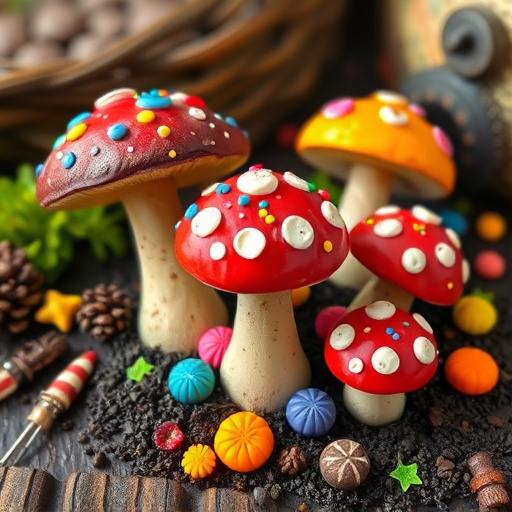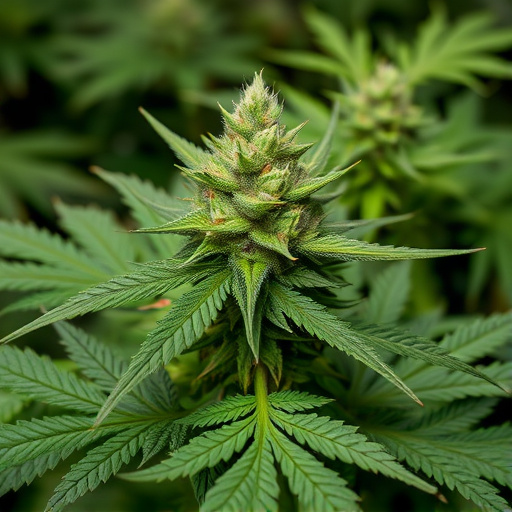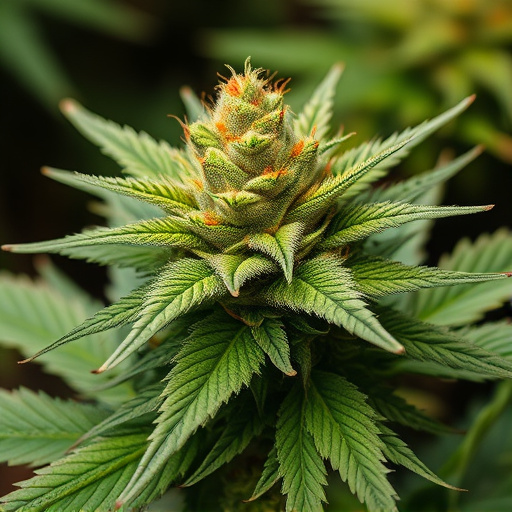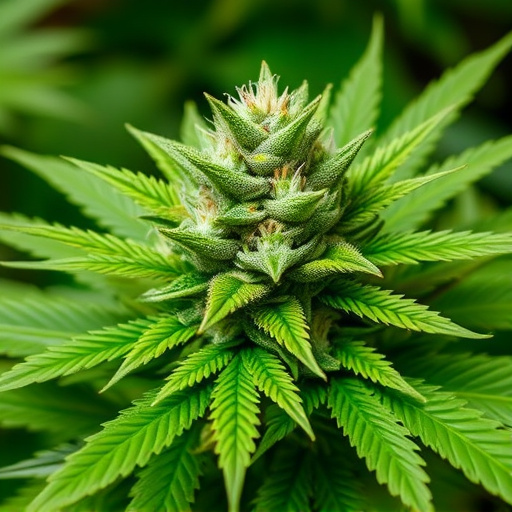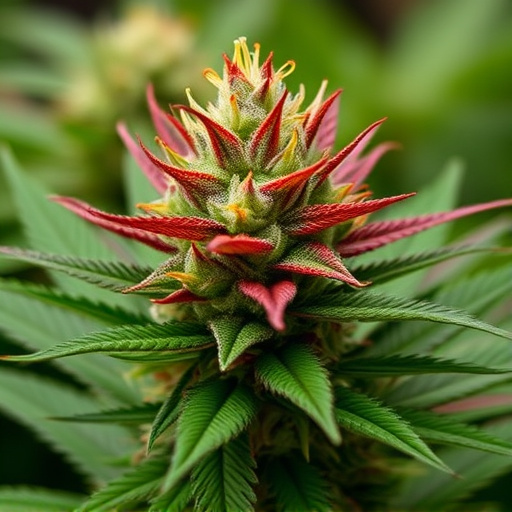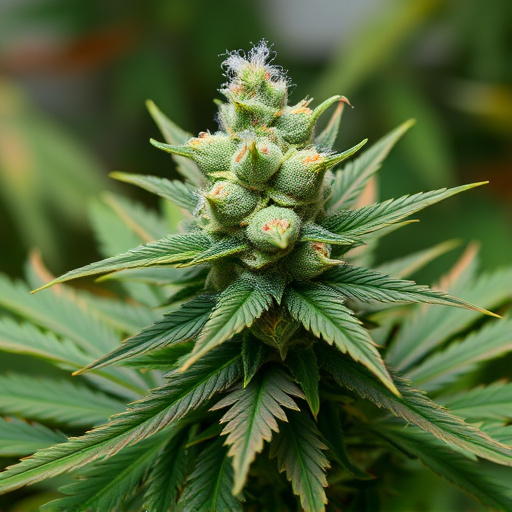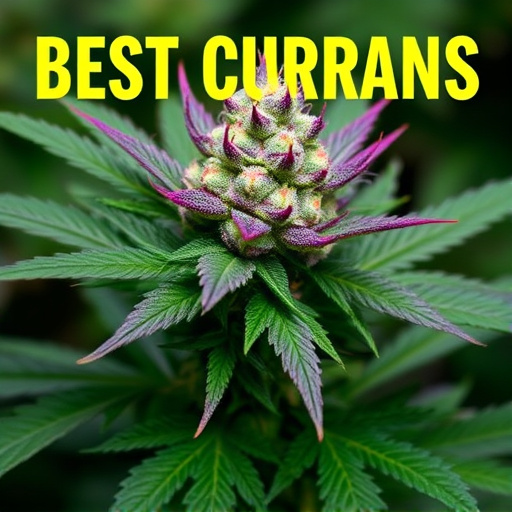Evaluating cannabis quality starts with visual and olfactory cues: vibrant colors, healthy pistils, and pleasant aromas like fruity or herbal notes indicate top-tier strains. Dull colors, sparse trichomes, and unappealing scents signal lower quality. By paying attention to color, texture, aroma, and flavor, consumers can select the best cannabis strains for an optimal experience.
Identifying top-quality weed from mediocre can be a challenge. This guide deciphers the subtle signs of excellent cannabis, dispelling myths about ‘good’ versus ‘bad’ weed. From vibrant colors and enticing aromas to balanced effects and meticulous cultivation practices, we explore visual, olfactory, and scientific indicators. Learn how to choose the best cannabis strains by understanding these key factors, ensuring a premium experience every time. Discover what truly makes weed exceptional.
Visual and Aromatic Characteristics
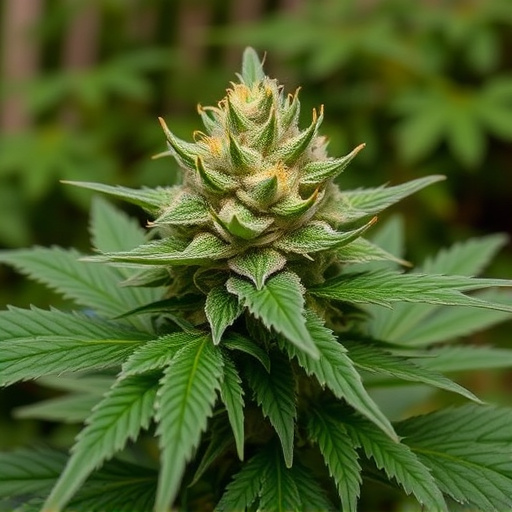
The visual and aromatic characteristics of cannabis can provide valuable insights into the quality of the product, helping users discern between good weed and bad weed. Top-tier cannabis strains often boast vibrant green leaves with rich, vibrant colors and healthy, shiny pistils—signs of robust growth and potential superior potency. The aroma is another key indicator; the best cannabis strains emit a complex blend of scents, ranging from fruity and floral to earthy and herbal, leaving a lingering, pleasant odor. Conversely, low-quality weed may exhibit signs such as yellowing or brown leaves, sparse trichome coverage, and a lackluster, musty or skunky aroma—red flags that suggest subpar cultivation practices or storage conditions. By closely examining these visual and olfactory cues, cannabis consumers can make informed decisions about which strains offer the best experience.
– Color and texture variations
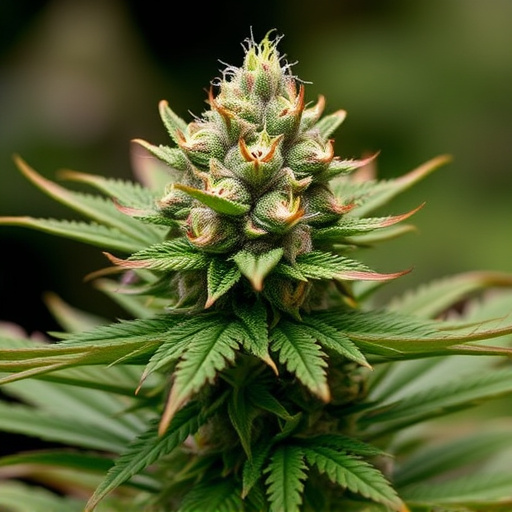
When it comes to evaluating the quality of weed, one of the most noticeable aspects is color and texture. The best cannabis strains often boast a vibrant array of hues, from deep emerald greens to rich browns and even purples. These colors are not just aesthetically pleasing; they indicate the plant’s health and maturity. A well-grown strain will have consistent coloring throughout its flowers, leaves, and calyxes, signifying optimal conditions during cultivation.
Texture is another critical factor. High-quality weed has a sticky, resinous texture due to the presence of essential cannabinoids and terpenes. The flowers should feel dense, compact, and slightly chewy, with a thick layer of stickiness on the fingers after handling. Conversely, bad weed often appears dull, patchy in color, and has a dry, brittle texture, indicating potential issues during cultivation or storage.
– Distinctive aromas and flavors
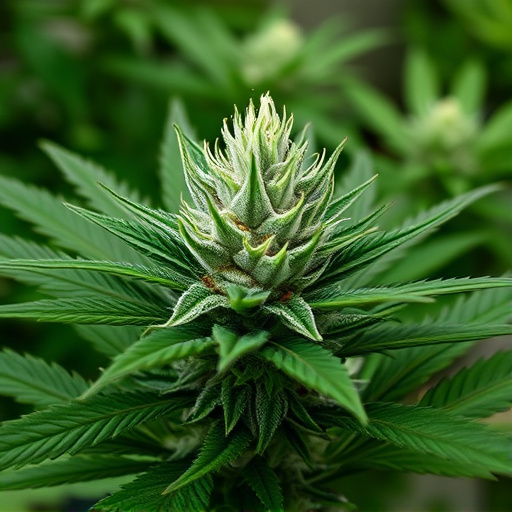
The aroma and flavor of cannabis are often the first things that enthusiasts notice, as they can be strong indicators of quality. Good weed tends to have a rich, enticing scent and a complex, delightful taste that reflects its genetic makeup and cultivation process. These characteristics set it apart from inferior strains, which may emit subtle or unappealing odors and flavors. When searching for the best cannabis strains, distinctive aromas and flavors are key markers—a fragrant, pleasant experience suggests a product well-cured and of high standard.
Each strain has its own unique profile, ranging from earthy and herbal to fruity and sweet notes. Skilled cultivators understand how to nurture specific traits, allowing them to produce weed with remarkable scents and flavors that cater to diverse consumer preferences. These sensory cues not only make the experience more enjoyable but also help users identify top-quality cannabis, ensuring a memorable and satisfying session.
When it comes to discerning good weed from bad, paying attention to visual and aromatic cues is key. The best cannabis strains boast vibrant colors, diverse textures, and unique, pleasant aromas. By understanding these characteristics, you can ensure a consistently enjoyable experience, maximizing the therapeutic benefits and flavor profiles of your chosen strains.
